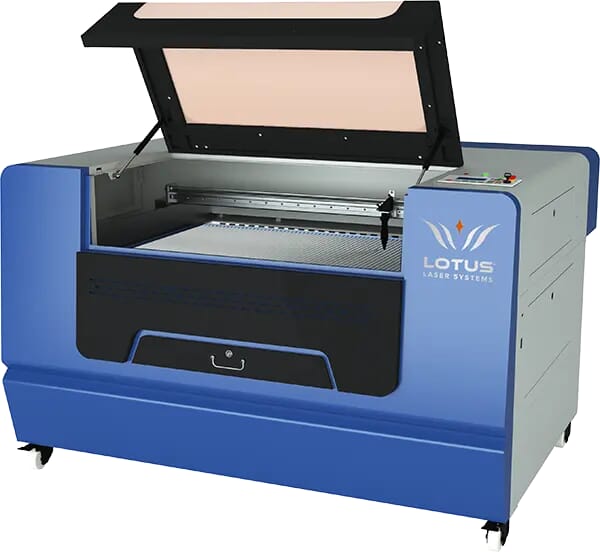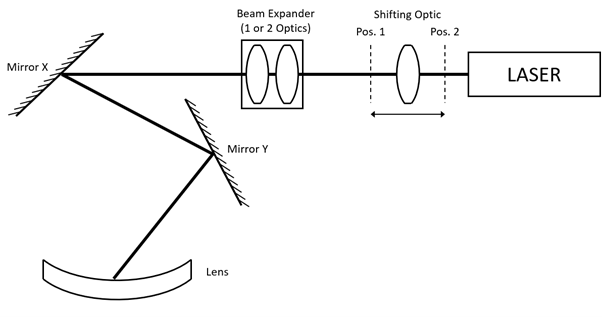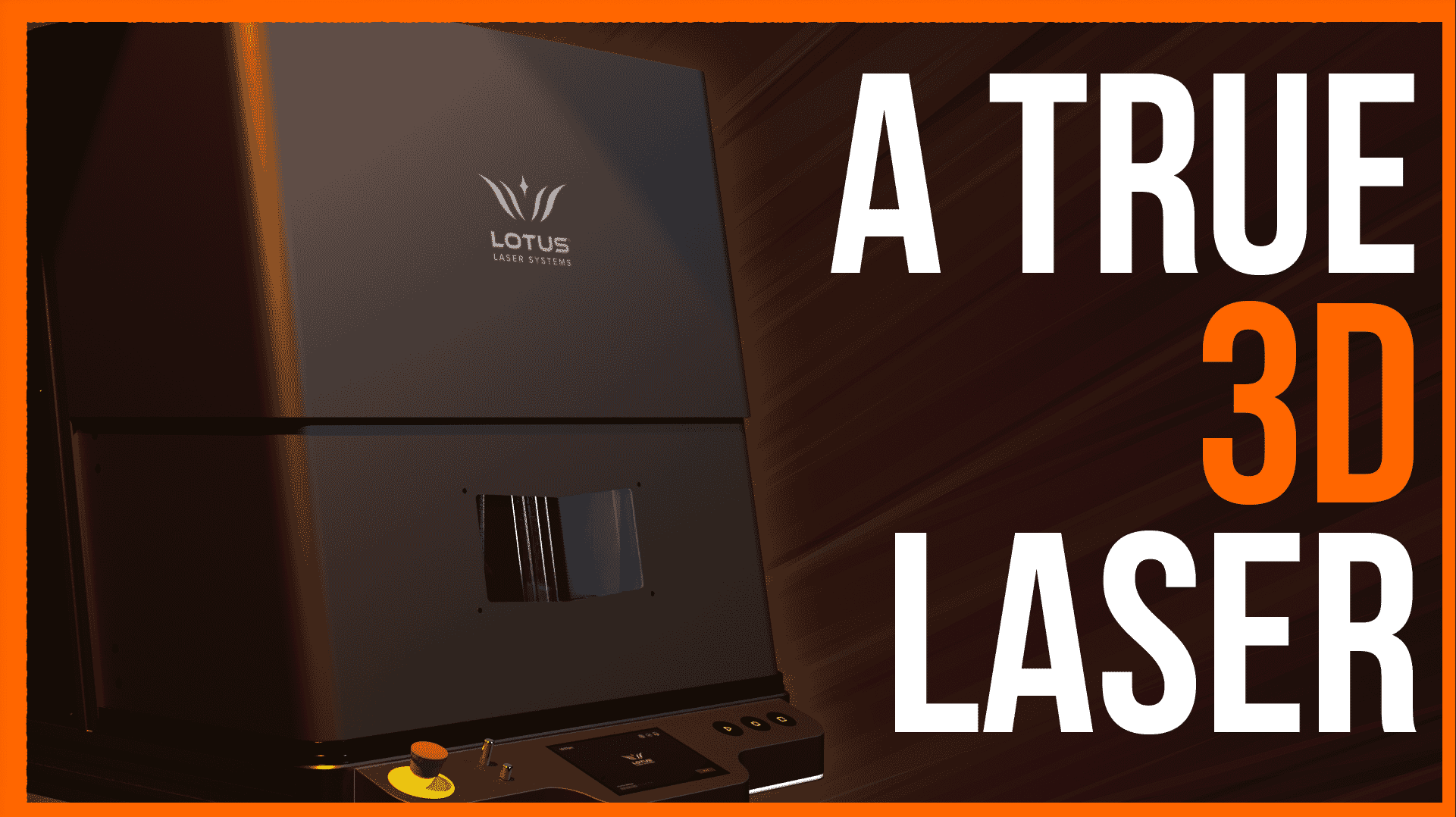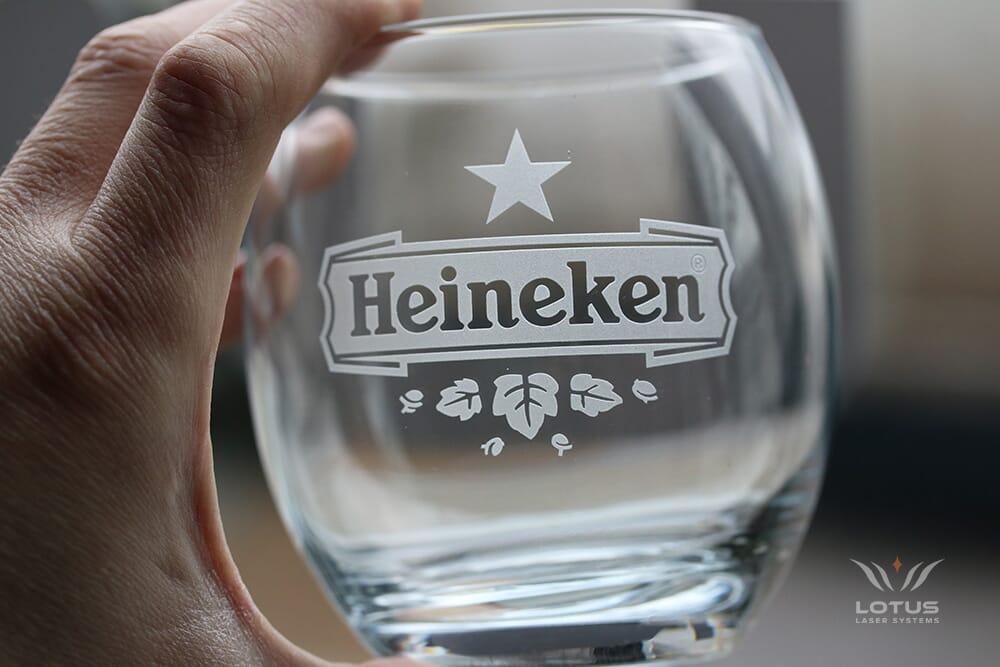A laser is focused to an ideal focal point, where it has an interaction with your material making a mark, engraving, cutting or otherwise as required. Where it meets the material, the laser creates a shape, this is called the laser spot.
If you shine a torch at a wall head on, the spot you see from the torch is circular. If it hits a wall at an angle, the spot turns elliptical or a different shape. Where it is further away from the wall, the light dims and the outline becomes blurry (the focus).
The same applies to a laser, however, because a laser is used to interact in a specific way with a surface, the effect on the resulting laser spot is far more critical.
As a laser spot deforms or loses focus, the power, focus, efficacy and shape is affected, resulting in lower spot quality. This produces unwanted results.















